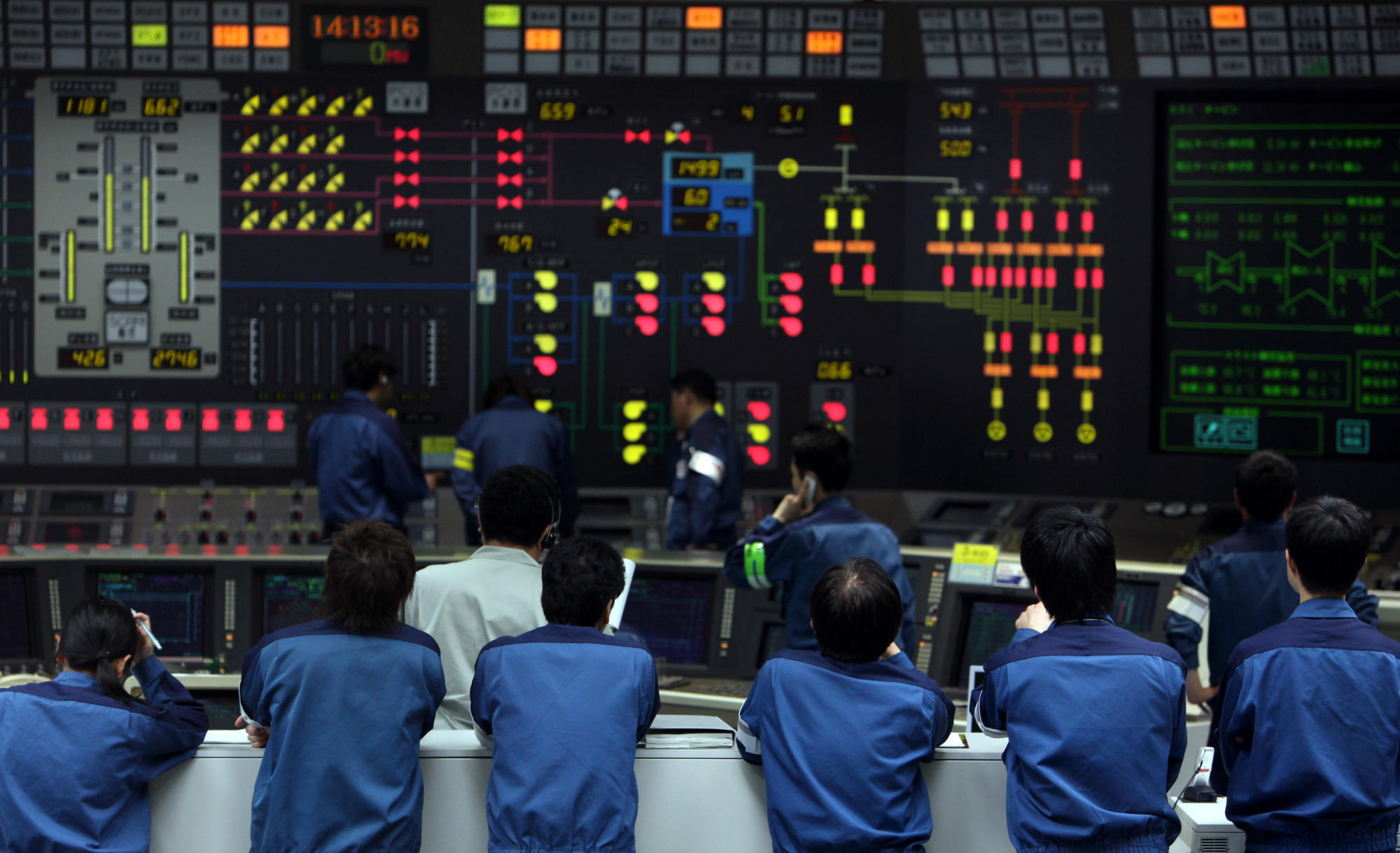On July 16, 2007, a 6.8 magnitude earthquake rattled the world's largest nuclear power complex at Kashiwazaki-Kariwa in Niigata Prefecture. This was on a site that the government and Tokyo Electric Power Co. had insisted was seismically safe.
Two years earlier, the Tokyo High Court had ruled against local plaintiffs backed by scientists who insisted the authorities were wrong and that there was an active fault line adjacent to the site. In 2007, Mother Nature overruled the judge, raising questions about relying on old evaluations by institutions favoring nuclear energy in assessing site safety, particularly given subsequent advancements in seismic science.
The good news is that the reactors shut down automatically and the plant withstood tectonic shocks way beyond what anyone had anticipated when designing the structures. The bad news trickled slowly out of Tepco, but an NHK special shortly afterwards aired a startling revelation. The plant manager told NHK that it was very lucky that everything worked as planned and that there was no serious accident — especially considering that the door of the control center had been jammed and nobody could get in. This meant that if there had been a crisis, nobody would have been able to manage it because the emergency controls were inaccessible.


















With your current subscription plan you can comment on stories. However, before writing your first comment, please create a display name in the Profile section of your subscriber account page.